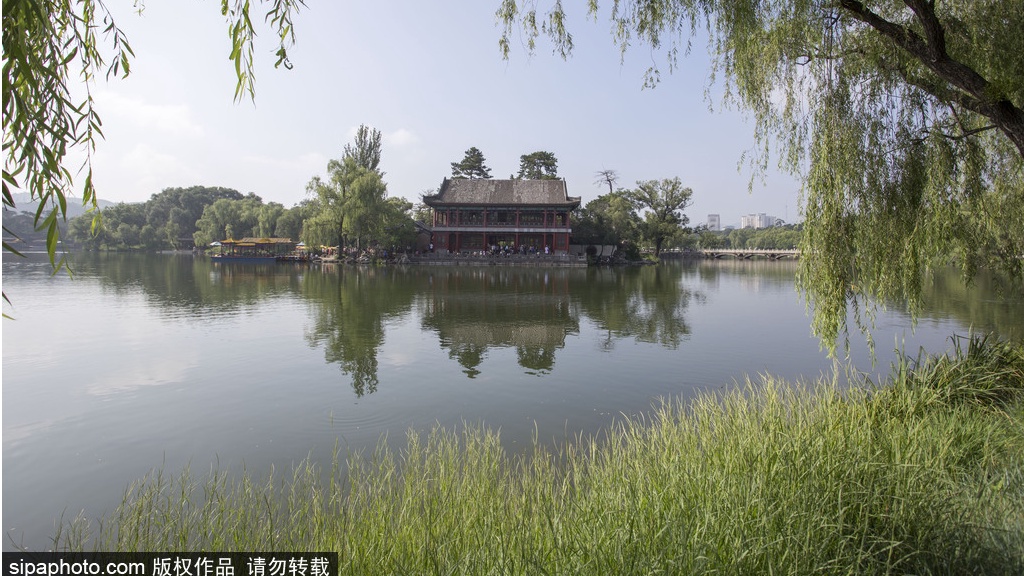
The Mountain Resort and its Outlying Temples in Chengde has become an important part of the World Cultural Heritage for its own outstanding universal values. The reasons include:
(1) The mountain resort, as a resort-type royal palace of the Qing Dynasty, has abundant social, political and historical significance.
The mountain resort was a summer palace built by the emperors of the Qing Dynasty for the political purpose of comforting and strengthening the ties with China’s minority nationalities living on the border lands, and enhancing the unification of China. After the resort was completed, the Qing emperors spent much time there to deal with military and political affairs and give receptions to political and religious leaders of the minority nationalities. The resort was essentially the second political center of the Qing Dynasty. The important cultural relics and antiques of a series of important events that occurred at the resort have become historic witnesses of China’s last feudal dynasty.
(2) The Mountain Resort and its Outlying Temples is a typical example of the perfect complexes of China’s ancient imperial palaces and royal temples.
The Mountain Resort and its Outlying Temples were built in the last flourishing age of China’s feudal society—the Kang Qian Prosperity Era. The construction experienced three emperors, took 89 years, and spent much manpower and materials. It is an excellent work of China’s ancient architectural technologies of building imperial palaces and royal temples. The resort and the private garden are called the “two perfect examples in the imperial palace construction realm of China’s garden and park construction system.” The resort realized the perfect formal integration of palaces and parks, and the perfect functional integration of “dealing with political affairs” and “resting and relaxing.” The temples have clear political functions.
(3) The Mountain Resort and its Outlying Temples can reflect the great achievement of China’s ancient architecture.
The Mountain Resort and its Outlying Temples is China’s largest complex of imperial palaces and royal temples. It absorbed the essence of China’s ancient architectural art and is an architectural masterpiece. It inherited and developed China’s traditional classic architectural ideas of “design based on nature, but surpassing nature” and creatively adopted various architectural materials and skills. It has become an outstanding representative of natural scenery gardens and architectural parks. While it was being built, it inherited, developed and creatively adopted various architectural skills and absorbed the essence of China’s renowned parks and temples. Its theme was “absorbing every available merit.” In detail, the resort realized the integration of China's southern and northern architectural arts, and it contains most of China’s ancient building forms. The resort can reflect the excellent skills of China’s ancient wooden-frame buildings and has realized the perfect integration of wooden-frame buildings and brick-and-stone-frame buildings, as well as Han-style buildings and minority-nationality-style buildings. In addition, China’s excellent ancient skills of architectural decoration and Buddha statues can also be seen in the resort. Therefore, the resort has become a wonder in China’s architectural history.
(4) The Mountain Resort and its Outlying Temples are practical materials for the world to learn about China’s culture.
The gardens and buildings of the resort have not only creatively adopted various materials and skills, but also absorbed the essence of China’s classic philosophy, aesthetics and literature. For this reason, they have become carriers of China’s culture.
In a word, the only way for such an architectural masterpiece with outstanding universal value to play its role more effectively is listing it on the World Cultural Heritage List to protect it.



